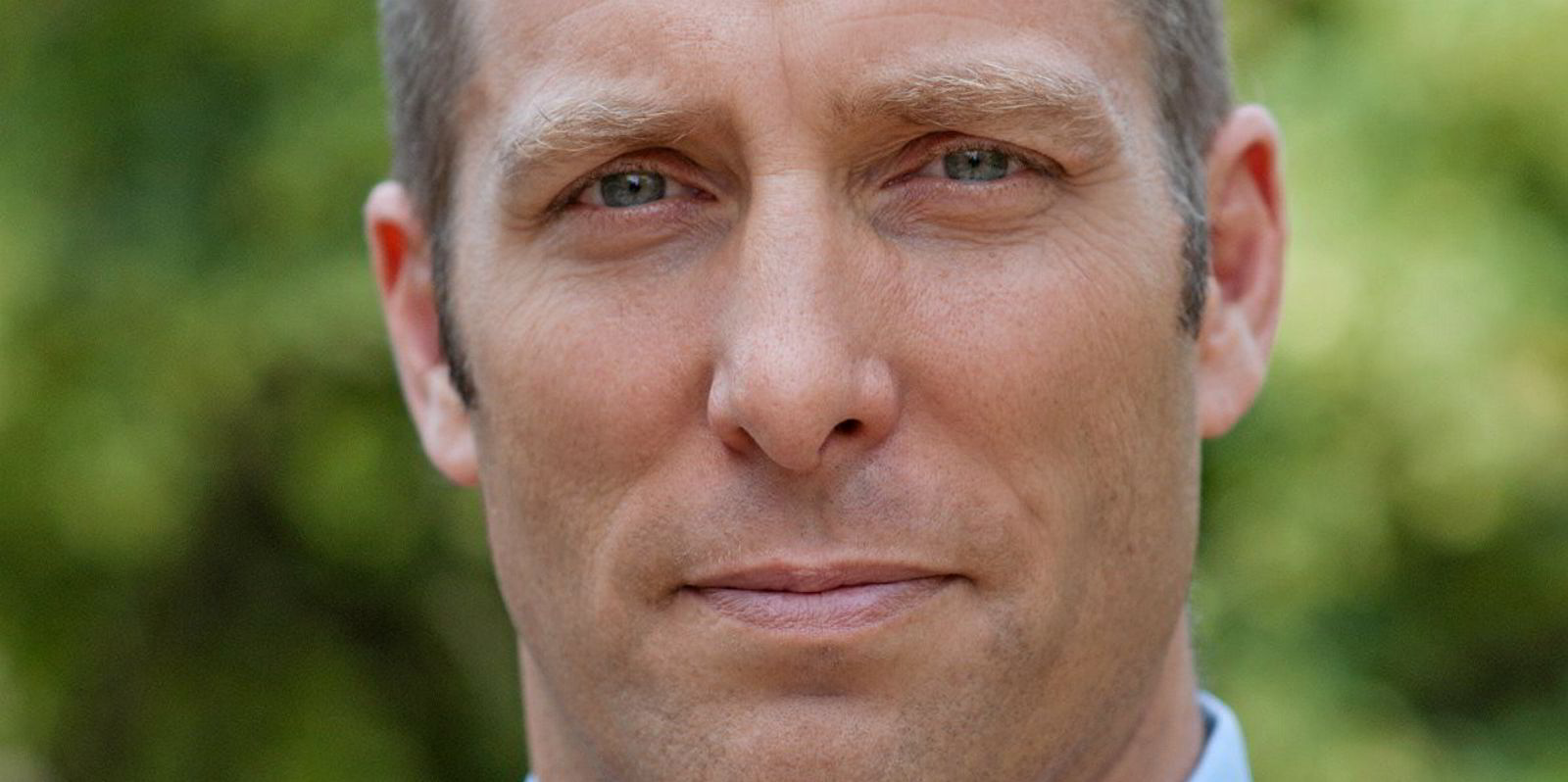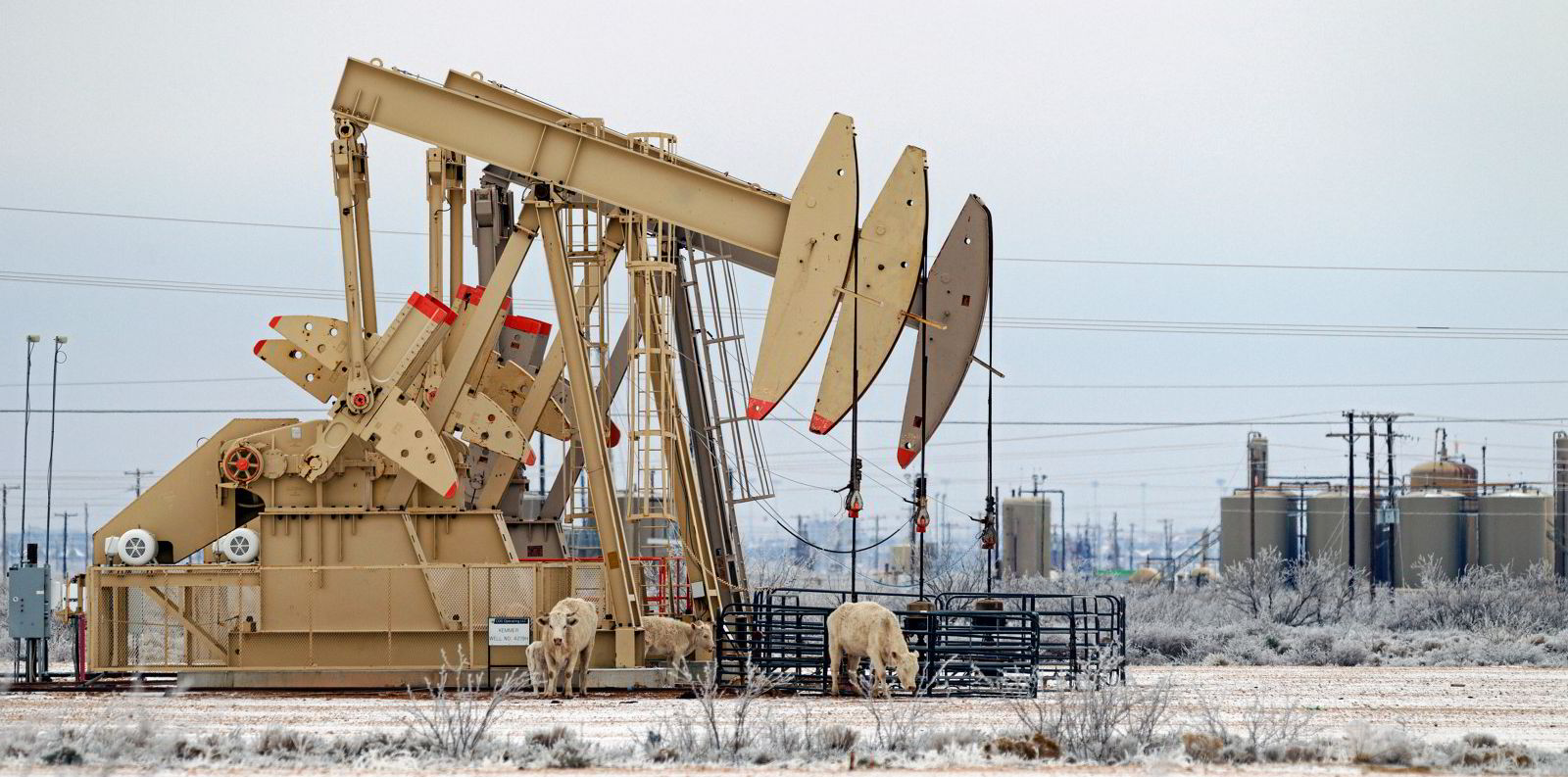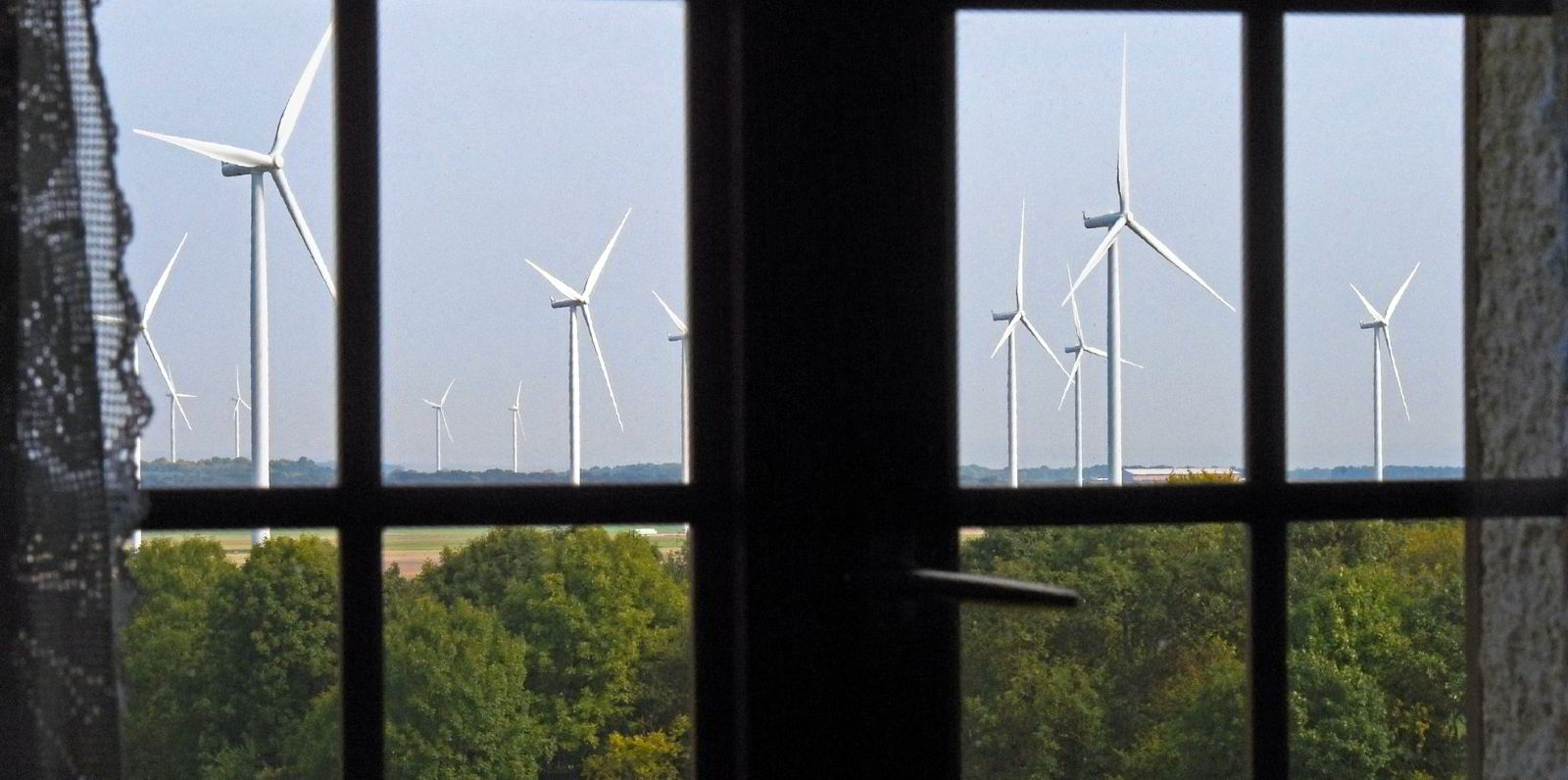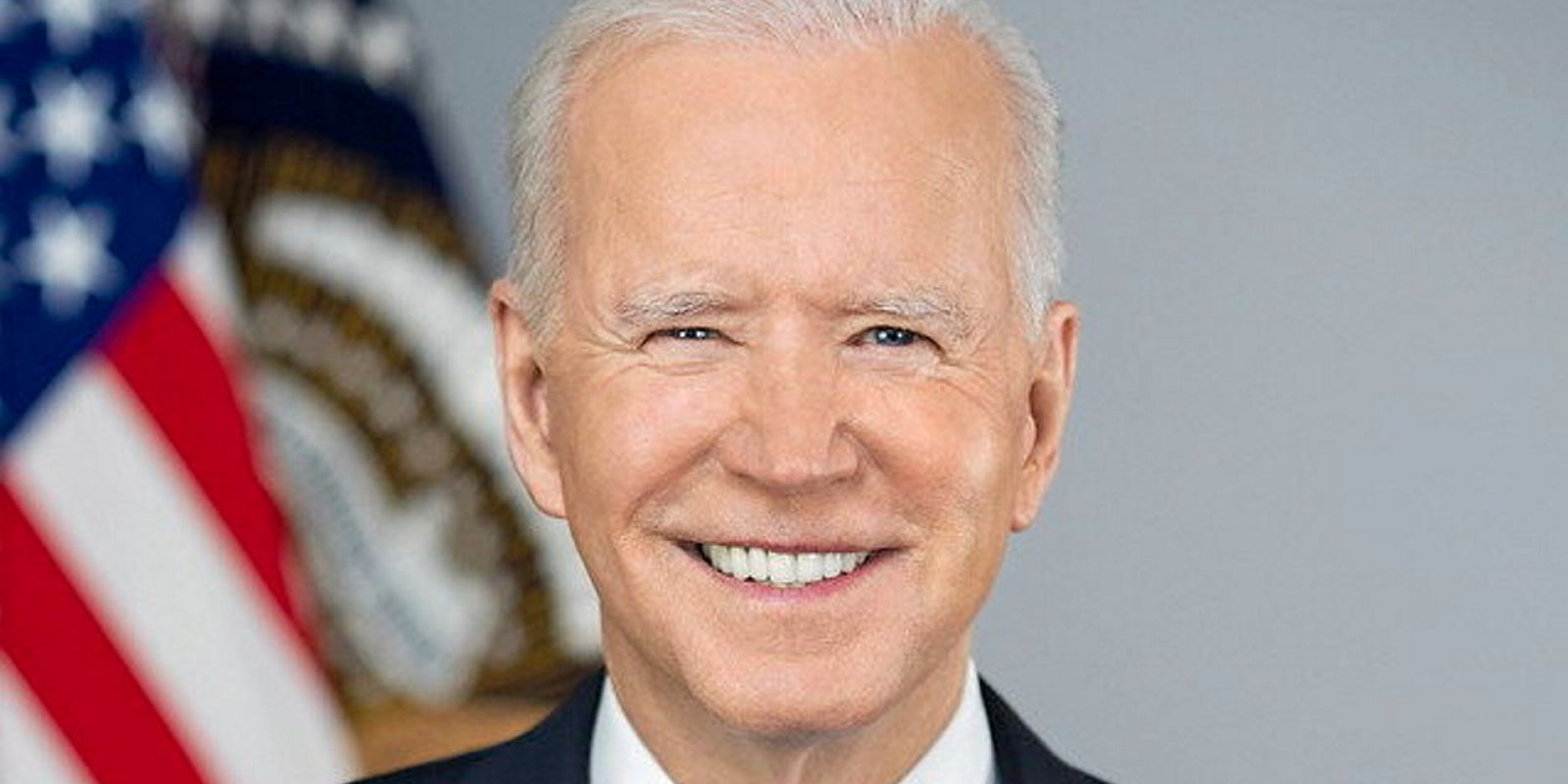Twelve years ago, the plane carrying my daughter and me to a family wedding in the US northwest began its descent into Idaho Falls, Idaho. I remember the plane banked over a mountain range, and suddenly a working wind farm, blades meditatively turning, swung into view, triggering an audible ‘wow’ from many of the passengers on the flight.
The global energy transition is gathering momentum – and the accompanying news-stream becoming an information deluge. Separate the green giants from the greenwash and the hard facts from the click-bait headlines with Recharge Agenda, our curation of the market-making events of the week, distilled down into one quick-read newsletter. Sign up here for free
That reaction has stayed with me over the years as a sign that wind and solar farms have the potential to be engage people in rural communities such as in Idaho – nicknamed the Gem State for its naturally beauty but also home to production one-third of America’s potato crop yield – from where many appreciate how mechanical infrastructure works because they work with sophisticated industrial machinery on a daily basis.
Over the past decade, costs for utility-scale renewables have plummeted. But despite this, the cost of securing community permission to operate has increased – often fatally so for developers, which can now see plans for a $350m project killed because 50 locals organised on Facebook, then gathered to shout at the swing vote on a county commission.
This reality creates obvious financial risk. But every time there’s a Nimby (‘not In my back yard’) fight over a proposed renewables power plant, the soundwaves from local hollering drift toward governor’s mansions and statehouses. Win or lose, clean-energy becomes ‘controversial’ in the eyes of policy makers, creating a long-term policy risk as well.
That’s not an accident. It’s the culmination of a decade-long effort by the fossil fuel sectors seeking to keep market share from renewable companies. A decade ago, a prominent US political operative funded by the oil & gas lobby was caught rallying a coordination conference of supposedly organic, local Nimby groups. They discussed using “dummy businesses” to buy anti-wind billboards and a “PR campaign so that [the wind industry] effectively becomes so bad that no one wants to admit in public they are for it”.
These tactics have only become more developed and effective in the intervening decade (see here and herefor examples). Nothing personal, but weaponising government against disruptive challengers is what mature industries do to keep market share from new entrants.
Enter Conservatives for a Clean Energy Future, a group founded by veterans of right-leaning American political campaigns supporting renewables. They recently used innovative, online public opinion measurements developed by Embold Research to go deep on views of clean-energy in a bellwether, Midwest US community.
Huron County, Michigan is rural (population 33,000), conservative (voted 69% for Donald Trump vs 30% for Joe Biden in the last US election) and it has the highest density of wind turbines in the state. It’s also seen a growing number of anti-renewables fights triggering wind development moratoria in several of its communities.
As the renewables industry continues to grow, it must also mature in the manner it communicates with its neighbours
The research found county residents were widely aware renewables had a heavy local presence, and that the most sought benefit from clean-energy projects was generating taxes to pay for infrastructure improvements. However, a 37% plurality of residents polled still wanted a halt to further renewable energy developments. In fact, the industry has a negative 5% favourability rating – until residents were reminded of the specific infrastructure improvements wind farms were funding.
In one question that named specific infrastructure improvements funded by wind farm taxes, residents moved 14 points to a positive 9% favourability rating. In most political polling, it takes a robust set of questions to move initially expressed attitudes of a candidate or idea. Here, one question made all the difference.
So, in summary, residents surveyed in Michigan knew the renewable industry was operating in their community and mostly wanted it to provide what it’s already providing but gave the sector has negative ratings, until provided with specific examples of the benefits they want.
The only conclusion is that in this test county, developers and owners have under-communicated with locals once a wind farm begins operating. Nimbyists and the generally disgruntled filled-in the communications vacuum – and, presumably, so have fossil fuel lobbyists in the state capitol.
What should the national US renewables industry do about this disconnect? Public support for built projects is a valuable resource to grow and curate to both state-wide policymakers and communities being asked to host new developments. Developers would help themselves if they reviewed their community engagement programs to confirm that there is
- post-construction communication with host communities,
- continuous, on-message and ‘at scale’,
- a communication strategy that is part of an ‘intentional’ programme, and
- that the program is designed to leverage community engagement to help the company make its case to other audiences.
Established fossil fuel companies go to great lengths to endear themselves to specific communities so local politicians feel pressure to champion their interests, this we know. But few renewables companies are executing programmes to harness that instinctive support I witnessed as I looked out that airplane window 12 years ago – even though the required budget would be a rounding error on the cost of building projects.
As the renewables industry continues to grow, it must also mature in the manner in which it communicates with its neighbours or it will see a prime opportunity for progress go begging.
· Mike Casey is president of US clean-tech communications agency Tigercomm




